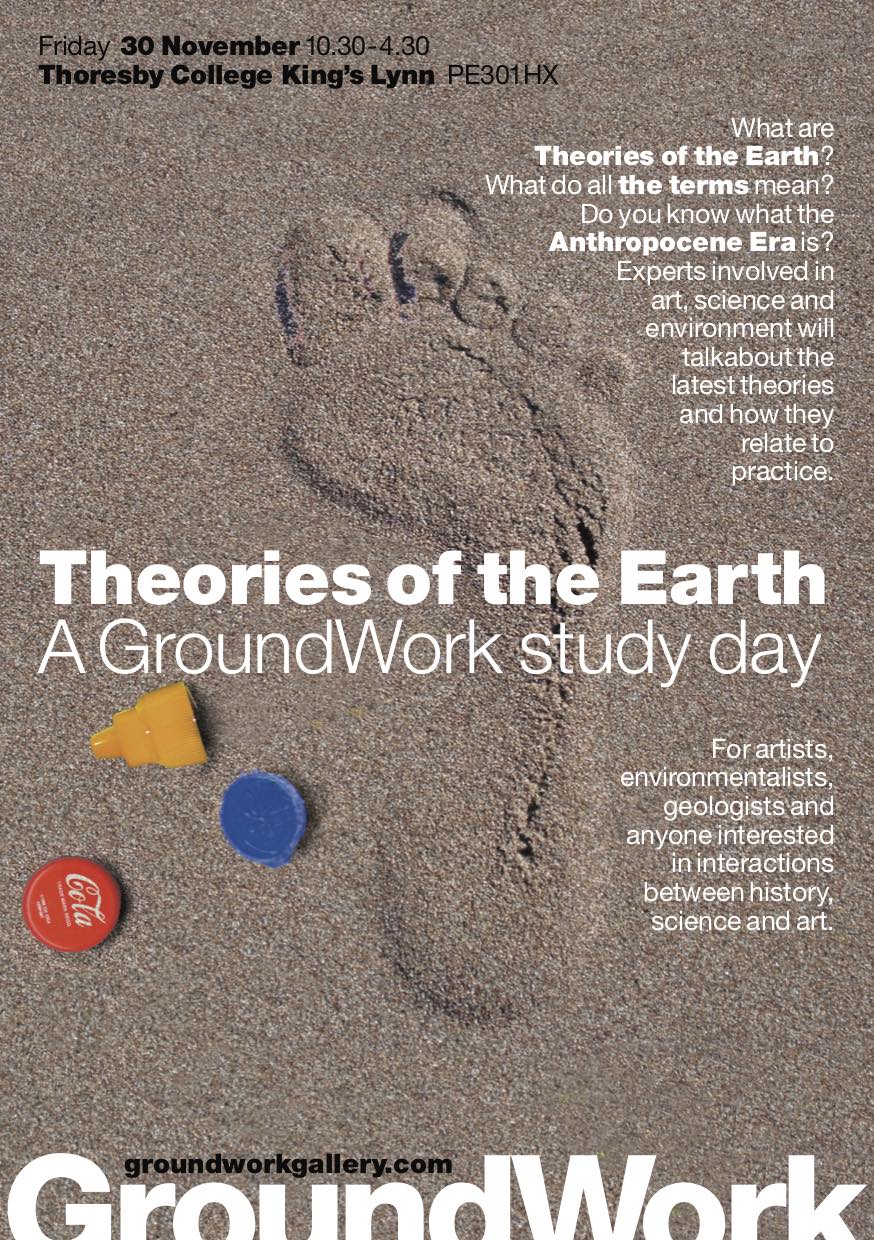Theories of the Earth, 30 November 2018
Interactions between history, science and artistic practice
What are theories of the earth? What do all the terms mean? Is theory useful? What is relationship between theory and practice? A number of experts involved in disciplines relevant to Theories of the Earth – art, science and environment – will talk to us about theory – and how it relates to practice.
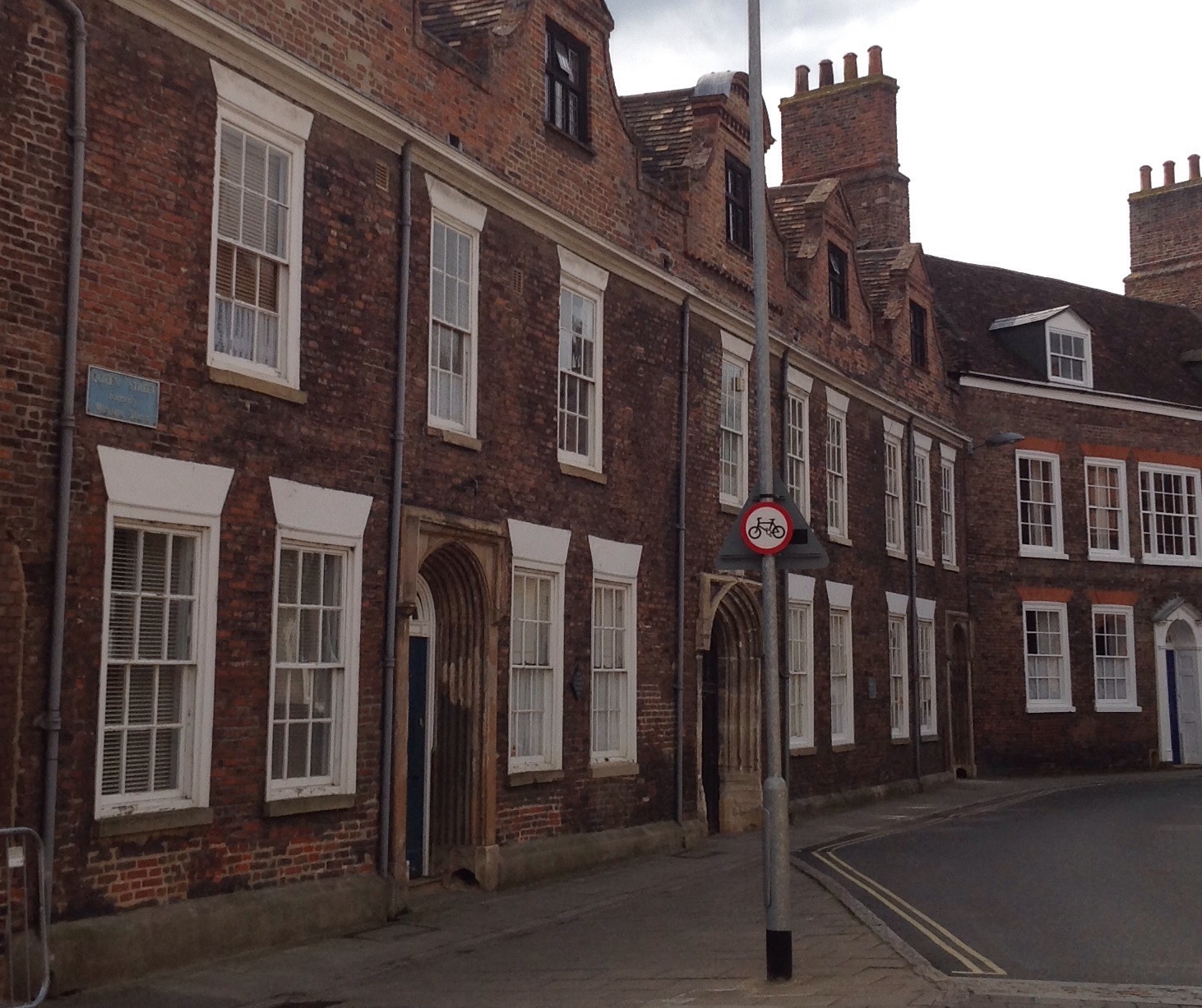
Programme
10.30 – Arrival, registration, coffee – welcome by Veronica Sekules & team. Moderator Andrew Watkinson
Session 1 Anthropocene and contemporary art. 10.45 – 11.30
Prof. Colin Waters, University of Leicester and former principal geologist, British Geological Survey
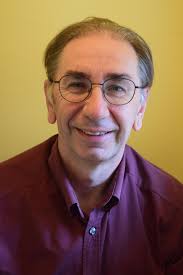
The Anthropocene Epoch: the expression of the human footprint on the Earth
Human activity is leaving a pervasive and persistent signature on Earth and it has been proposed that this warrants recognition as a new geological time unit – the Anthropocene Epoch. Evidence includes the appearance and rapid dispersal of many new materials, including metals, plastics, concrete and artificial radionuclides from the atmospheric testing of nuclear devices. Combustion of fossil fuels has led to a global trace of fly ash and has changed the chemistry of the atmosphere, resulting in increasing global temperatures and sea levels. Biological evidence includes the consequences of extinctions, unprecedented movement of animal and plant species and increasing abundance of domesticated species. Human influence on geological signals commenced many thousands of years ago. However, the most pronounced upturn in most global trends is in the mid-20th century, a time referred by some as the ‘Great Acceleration’. Though concentrating on the scientific evidence, the presentation also includes examples in which the arts community is contributing to the debate.
11.30 – 12.15
Bergit Arends. Deputy Head of Collection Care Research, Tate
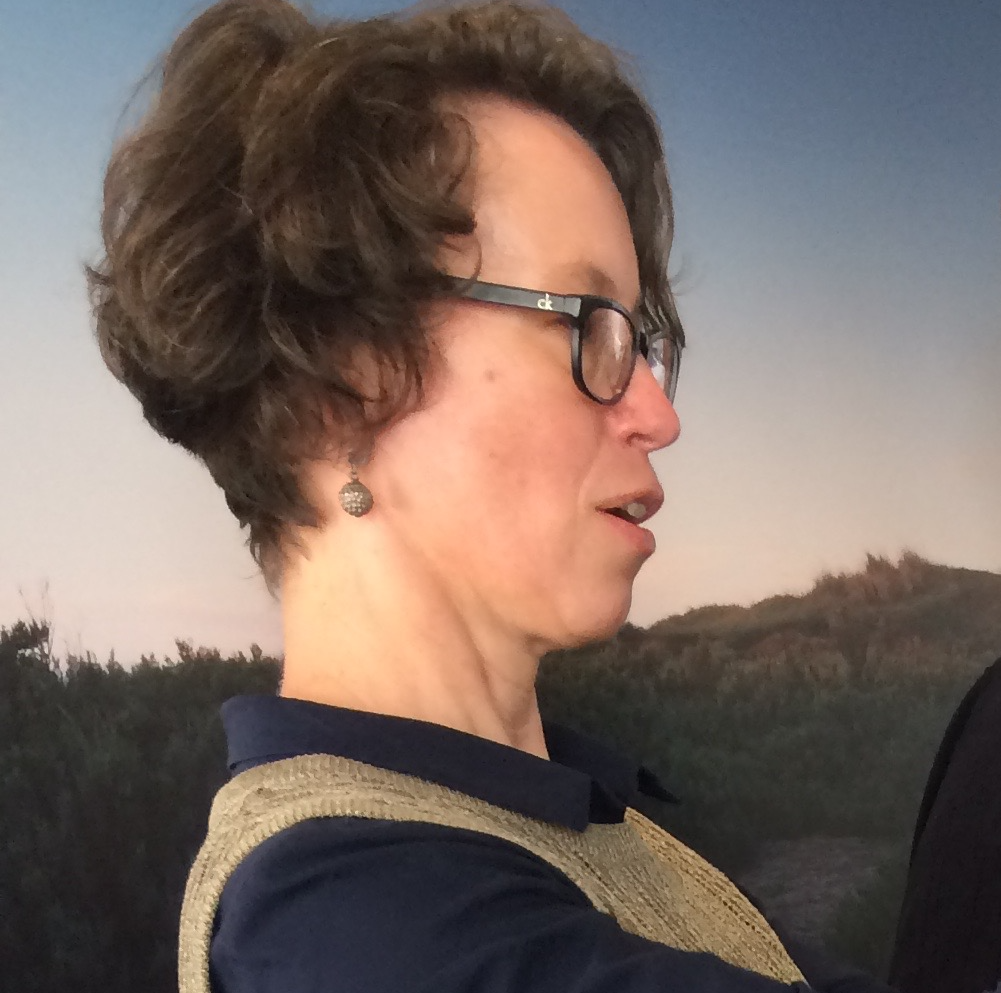
Art Intertwining Geology and humans
I’ll talk about a social-documentary project on brown coal mining by a Vietnamese photographer in 1970s GDR – Intertwining the geologic and humans. The Anthropocene is proposed as the most recent geologic time unit, in which human activity has changed the Earth more than natural processes. The proposition is a forceful concept that has ignited widespread debates and has inspired artists to conceptualise and visualise the consequences of this knowledge.
The Anthropocene term urges us to consider the profound human influence on the planet, which will leave its legacy for millennia. How are artists responding? Artists’ works provide critical commentary on state environmental politics; make public scientific procedures of decontextualization and abstraction; and evolve new forms of observation through interdisciplinary intersections. Notably, they express the human distress felt by transformation of landscapes through drought, large-scale mining or climate change.
My talk will focus on the photographic book by Nguyen the Thuc Kohle unter Magdeborn [Coal underneath Magdeborn] (ca. 1976), which documents the environmental and social impact of open-cast brown-coal mining on a local community in the German Democratic Republic in the 1970s, reflecting the effects of the ‘oil crisis’. The project was shown in the archival exhibition Freundschaftsantiqua [Friendship antiqua] (2014) in Leipzig, together with new photographs of the former mining area by Christiane Eisler.
12.15 – 12.45 discussion
12.45 – 1.30 Lunch
Session 2 After James Hutton: Historical theory and artistic practice.
1.30 – 2.15
Tim Holt-Wilson, Geologist, writer,
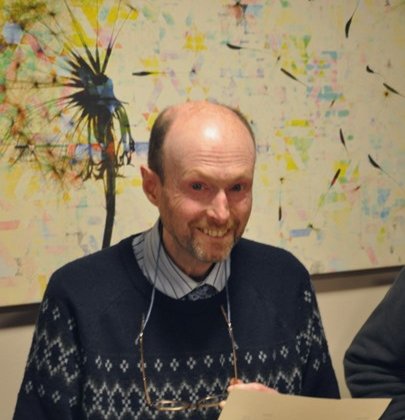
Enlightening the Earth
James Hutton radically applied Enlightenment thinking to the Earth as object of enquiry. How does Hutton’s approach fit into the current of scientific investigation of natural and cultural phenomena which characterised the 18th century Enlightenment? My answer will include a consideration of the John Frere’s celebrated paper (1797) on Hoxne brick pits in Suffolk, which provided a revolutionary evaluation of the great antiquity of human kind.
2.15 – 2.45
Flora Bowden, artist, RCA
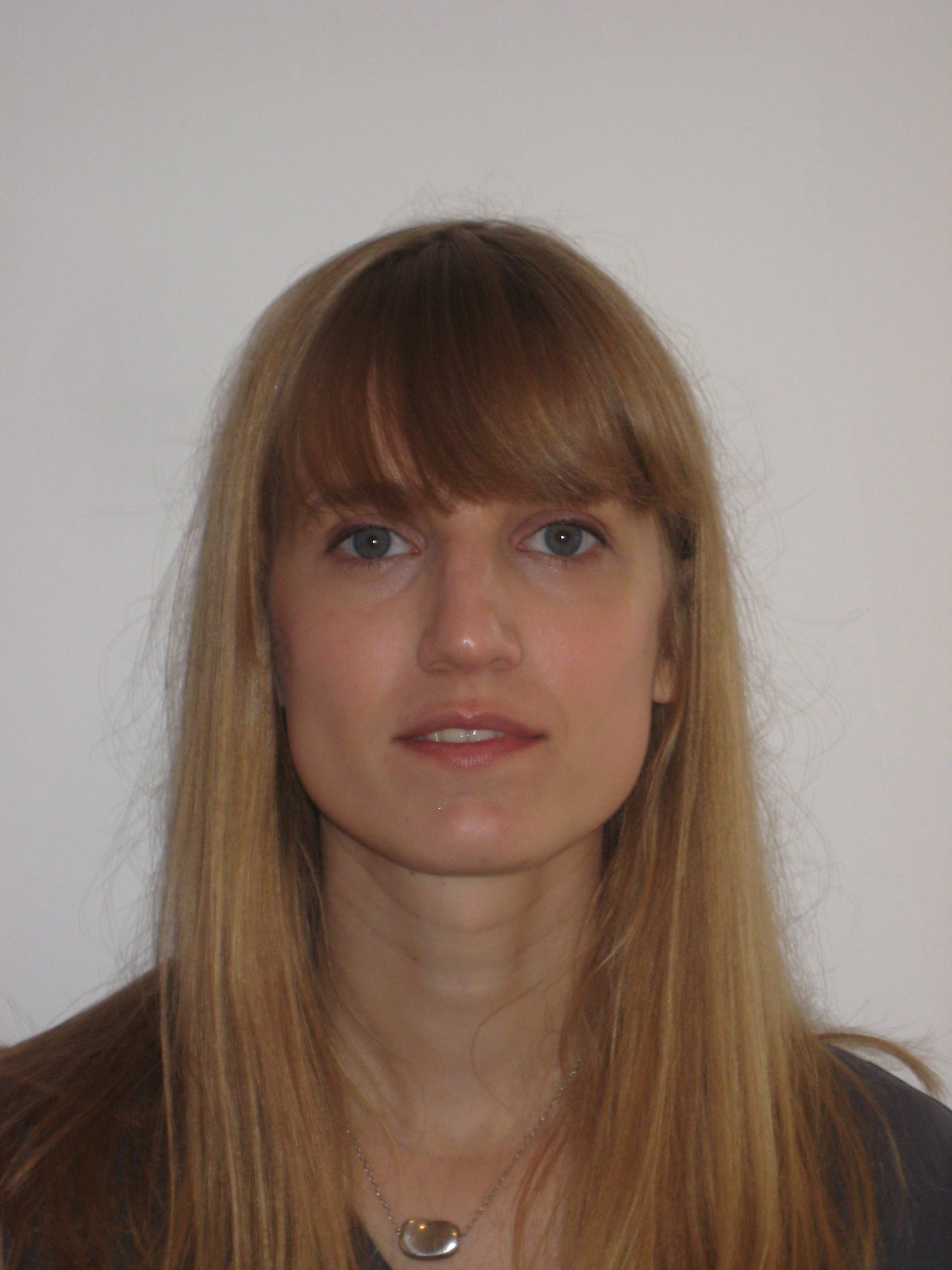
Visual Language and Geology
In this presentation I will talk about the visual language of early geological studies. In particular I will talk about the iconography of James Hutton’s Theory of the Earth and how this has been developed through my practice
2.45 – 3.00 discussion
Session 3: Glacial Water
3.00 – 3.30
Wayne Binitie, Artist, RCA
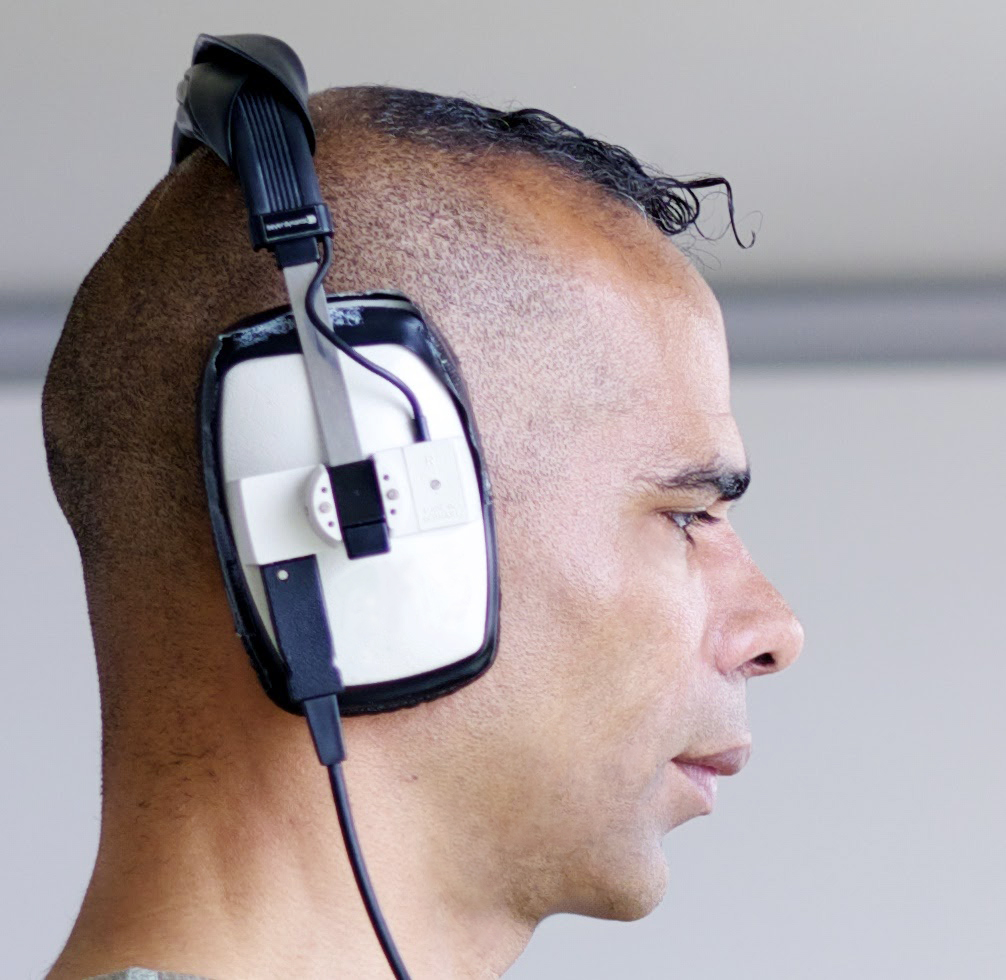
Aesthetics of Water
Wayne Binitie’s ongoing research Aesthetics of Water explores the urgent and ethical stewardship of glacial water at a time of accelerating climate change. Binitie’s project aims to examine how contemporary art practice reveals and communicates the urgency of climate change to new audiences.
Anchored by his own audio-visual fieldwork at the British Antarctic Survey ice core archive and the pioneering Arup SoundLab, Binitie’s multidisciplinary artistic work in sculpture, glass and sound explores the significance of glacial water across its three states of solid, liquid and vapour.
3.30 – 4.15
Luce Choules, International Artist
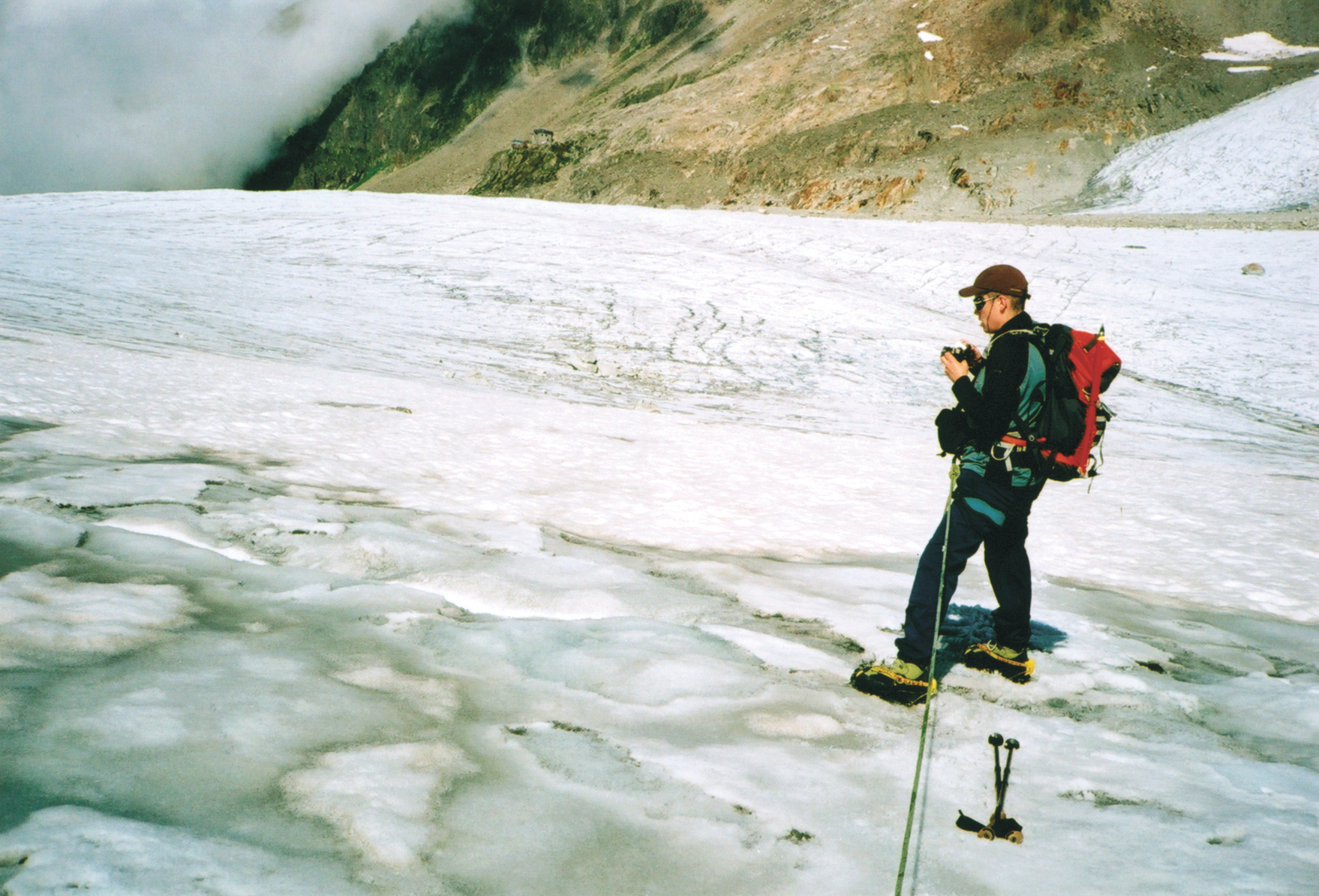
The Glacier and the Rock – Guide74 performance lecture
Luce Choules presents a live performance lecture using spoken word, projected imagery and literary readings. The artist will take the audience on a poetic journey to the high features of Alpine France. Made during a decade-long study in the Haute-Savoie, this mesmerising work explores art and ecology, environmental change and the contemporary wilderness.
4.15 – 4.30 Concluding discussion & summing up Andrew Watkinson
4.30 onwards gallery open for viewing

